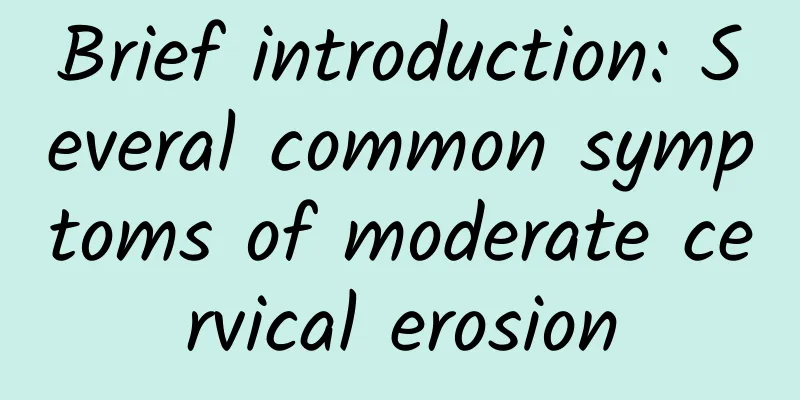Artificial induction is more suitable for mid-pregnancy

|
Commonly used methods of artificial induction of labor include: rivanol induction, water bag induction, trichosanthes induction, guanhua induction, prostaglandin induction, hypertonic saline induction, alcohol induction, and chlorhexidine induction. Hypertonic saline induction, alcohol induction, and chlorhexidine induction are rarely used in clinical practice. Artificial methods to terminate pregnancy between 14 and 24 weeks are called artificial (mid-term) induction of labor. Compared with early pregnancy, mid-term pregnancy has the following characteristics: During mid-pregnancy, the mother is insensitive to uterotonic agents and uterine contractions are not easily induced. This is related to the fact that the placenta secretes a large amount of estrogen and progesterone, and progesterone inhibits uterine muscle contractions. During pregnancy, there are often residual villi when the placenta is delivered, and it is difficult to check whether it is complete. Although the placenta has been formed, the smooth villi have partially degenerated, while some still have villus structures. At this time, the true decidua has not completely degenerated and is still relatively thick. Therefore, uterine curettage is generally required after abortion. During the second trimester, the cervix needs to be fully dilated when the fetus is delivered, just like full-term delivery. Because the fetus grows and develops during pregnancy, the bones are formed and gradually increase in size and hardness, making it difficult to force the fetus to be delivered. Instead of mechanically dilating the cervix to force the fetus to be delivered, cervical ripening drugs can be used before surgery to promote cervical softening and dilation. Due to the above characteristics, artificial (mid-term) induction of labor is difficult and has many complications. The uterus grows larger month by month, the uterine muscle wall becomes thinner, softer, and congested, which can easily lead to uterine perforation. Inadequate preparation of the cervix can easily cause tearing. There are also reports of posterior fornix injury. It may even endanger the life of the pregnant woman. Therefore, mid-term induction of labor should be avoided except in special circumstances. |
<<: Reasons for decreased menstrual flow after abortion
>>: What is Vacuum Aspiration for Artificial Termination of Pregnancy?
Recommend
How to take care of miscarriage?
Resting after miscarriage is very important, beca...
What are the symptoms of uterine fibroids? What are the types of uterine fibroids?
We must actively grasp the symptoms of uterine fi...
Under what circumstances should uterine fibroids be removed? Under what circumstances should uterine fibroids be removed?
Under what circumstances should uterine fibroids ...
Watch HSD weight loss dance by famous choreographer Xie Jinyan
Electronic music queen Xie Jinyan's ever-chan...
What foods should not be eaten for spontaneous uterine fibroids? Foods that are prone to recurrence of uterine fibroids
What can't you eat for spontaneous uterine fi...
Can uterine fibroids become cancerous? What is the probability of uterine fibroids becoming cancerous?
How high is the chance of uterine fibroids turnin...
Can drinking soy milk after exercise accelerate muscle growth? Sports nutritionist: These 3 combinations are more effective in growing muscles
Sports and fitness enthusiasts may have heard of,...
What are the dietary taboos for patients with thick endometrium?
In addition to active treatment, patients with th...
What to do after an attack of Trichomonas vaginitis
Trichomonas vaginitis is a common gynecological d...
How to calculate the menstrual cycle of adenomyosis and what are the effects
How to calculate the menstrual cycle and what is ...
Causes of Endometriosis
The causes of endometriosis may involve genetic f...
Surgical procedures for patients with chocolate cysts
In recent years, more and more women have been su...
What tests do women need to do for cervical erosion? Women do two types of tests to confirm cervical erosion
Speaking of cervical erosion, many people are fam...
What tests can detect Bartholinitis?
There are many factors that trigger Bartholinitis...
Can dysmenorrhea be cured after marriage?
Dysmenorrhea is a common gynecological disease in...









